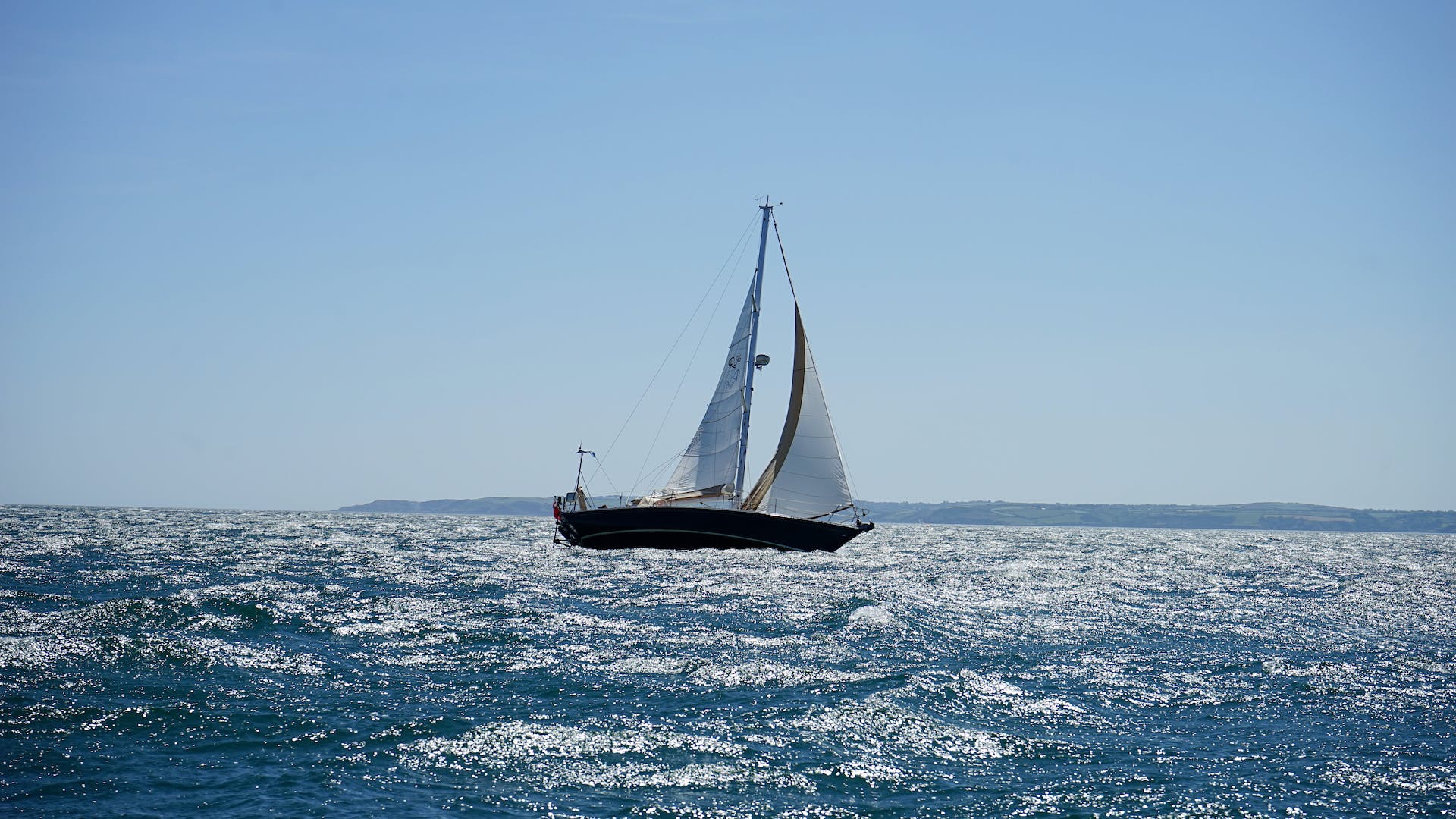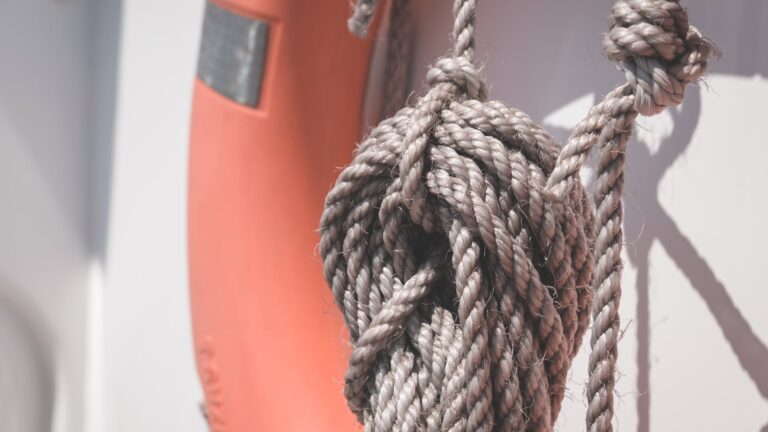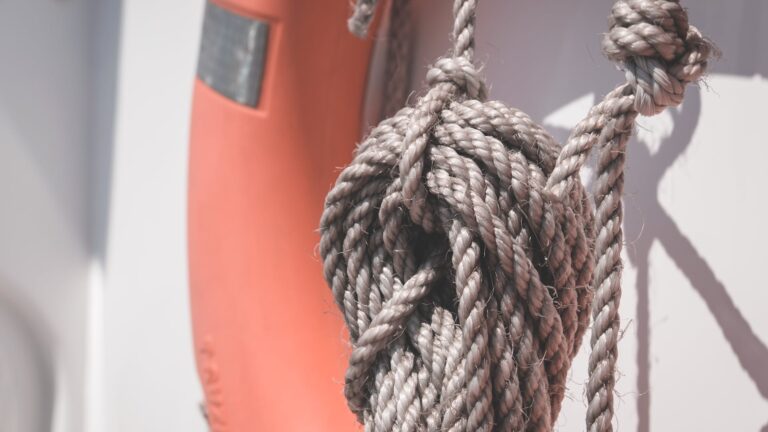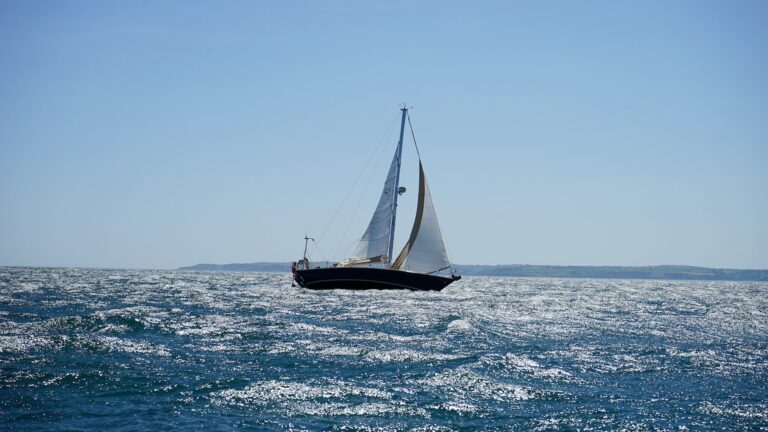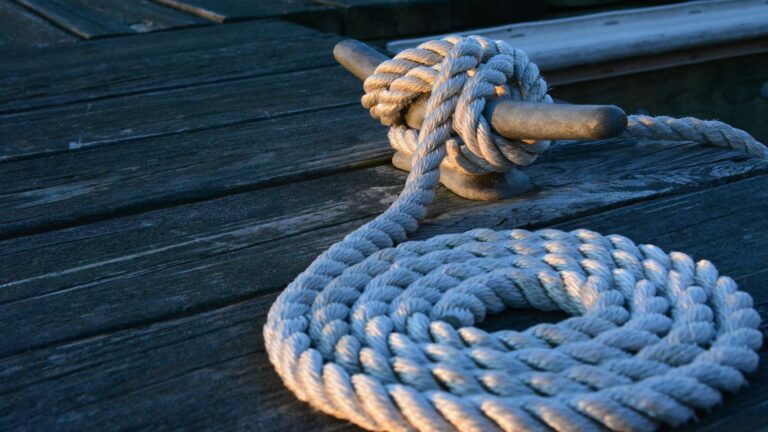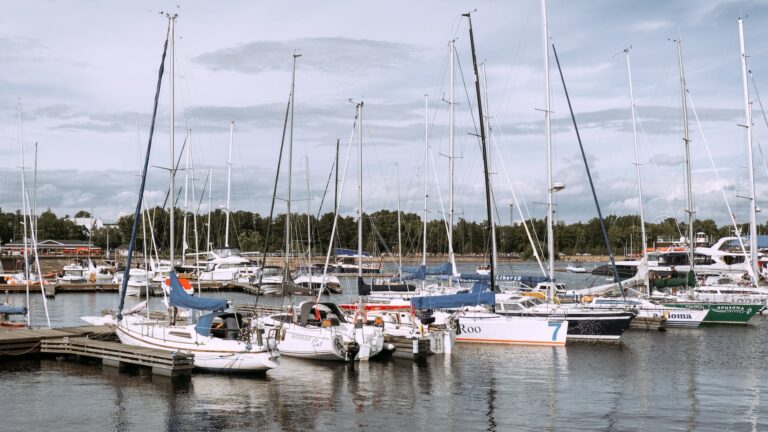What Is The Best Wind Speed For Sailing?
The Best Wind Speed for Sailing: Exploring the Sweet Spot between 5-15 Knots
Sailing is an exciting and rewarding activity that can be enjoyed by people of all ages and skill levels, but to get the most out of your experience, it’s important to understand the different wind speeds that affect sailing performance and how to sail in them most effectively.
In this article, we’ll explore what the optimal wind speed is for sailing, along with some tips and tricks for staying safe and having fun on the water regardless of what Mother Nature throws your way!
What is Wind Speed?
Wind speed is simply a measure of how fast air is moving around us, usually measured in knots (nautical miles per hour). The faster the wind speed, the more challenging it can be to sail due to increased resistance from the air on our sails and other surfaces, as well as more powerful gusts that can cause our boat to heel over excessively or even capsize if we’re not prepared for them!
How Does Wind Speed Affect Sailing?
Wind speed plays a major role in how we sail our boats, if there isn’t enough wind or it’s too light, you won’t have enough power to propel your boat forward, resulting in a slow, tedious journey! On the other hand, too much wind can be dangerous as it can cause your boat to heel over excessively or even capsize if you’re not prepared for it. So what is the ideal range of wind speed for sailing?
What are Ideal Conditions for Sailing?
Ideally, you want to sail in conditions where there is enough wind to power your boat forward but not so much that it becomes dangerous or uncomfortable, this sweet spot is typically between 5-15 knots (approximately 6-17 mph).
This range provides good enough power without creating excessive resistance from the wind or threatening capsizing conditions due to strong gusts, these winds may vary depending on your boat type and size as well as other factors such as current, swell and temperature but generally speaking this range should provide an ideal sailing experience!
What is the Optimal Wind Speed for Sailing?
As previously mentioned, an ideal range of wind speed for sailing lies between 5-15 knots, this provides just enough power without creating excessive resistance from the wind or threatening capsizing conditions due to strong gusts.
This range also has some additional benefits such as allowing us to sail more efficiently with less effort due to reduced drag on our sails and hull surfaces while also providing enough stability to keep us upright even in choppier waters!
Benefits of a Wind Speed Between 5 and 15 Knots
A steady breeze between 5-15 knots provides plenty of power while still keeping us safe on the water, these winds allow us to sail more efficiently with less effort due to reduced drag on our sails and hull surfaces while also providing enough stability to keep us upright even in choppier waters!
Additionally, sailing in this range gives us plenty of time to practice different techniques without having too much stress from high winds or worrying about capsizing with every gust!
Challenges of a Wind Speed Between 5 and 15 Knots
Although there are many benefits associated with sailing in winds between 5-15 knots, there can still be some challenges associated with them, these winds may vary depending on your boat type and size as well as other factors such as current, swell and temperature which can create difficulty when trying to navigate safely around obstacles or stay on course without veering off too far!
Additionally, these winds may not always provide enough power when trying to reach higher speeds which can be frustrating if you’re trying to get somewhere quickly!
How To Sail In Different Wind Speeds
In order to get maximum enjoyment out of sailing regardless of what Mother Nature throws at us, it helps if we have an understanding of how different wind speeds affect our boats differently, for example lighter winds may require more tacking (zigzagging) whereas stronger winds may require reefing (tightening) our sails which will reduce their area presented into the wind thus reducing their power output!
Additionally, knowing which points of sail work best with various wind speeds will help ensure we don’t find ourselves stuck going nowhere fast when conditions aren’t ideal!
The Importance Of Knowing Your Boat’s Capabilities
It’s important that sailors understand their boats capabilities before heading out onto open waters – different boats have differing levels of performance depending upon their design characteristics such as hull shape or rig configuration meaning they handle differently under various conditions, understanding how your own boat performs under different conditions will help you make better decisions out on the water regarding when its safe/unsafe/optimal/non-optimal times/locations/wind speeds etc…to sail – so make sure you know yours before leaving shore!
Tips For Sailing In Different Winds
Regardless of what kind of boat you have there are some general tips that apply when sailing in different winds: try reefing (tightening) your sails earlier than usual when faced with strong winds – this will reduce their area presented into the wind thus reducing their power output, adjust your course accordingly when faced with swells – head upwind if possible which will help reduce heeling forces experienced by your boat, use caution when tacking upwind – make sure you have enough room ahead before turning otherwise you may find yourself stuck going nowhere fast, lastly always wear appropriate safety gear – lifejackets should always be worn regardless but especially so during high-wind sailing as they provide additional buoyancy should something go wrong while out on open waters!
Conclusion
All sailors should strive towards finding their own personal “sweet spot” when it comes to wind speed – typically between 5-15 knots – where they feel most comfortable yet still able receive adequate power from their sails during each voyage. Having knowledge about how different wind speeds affect our boats’ performance along with understanding how best prepare ourselves before heading out onto open waters will ensure we get maximum enjoyment from each sailing experience no matter what Mother Nature throws at us!

